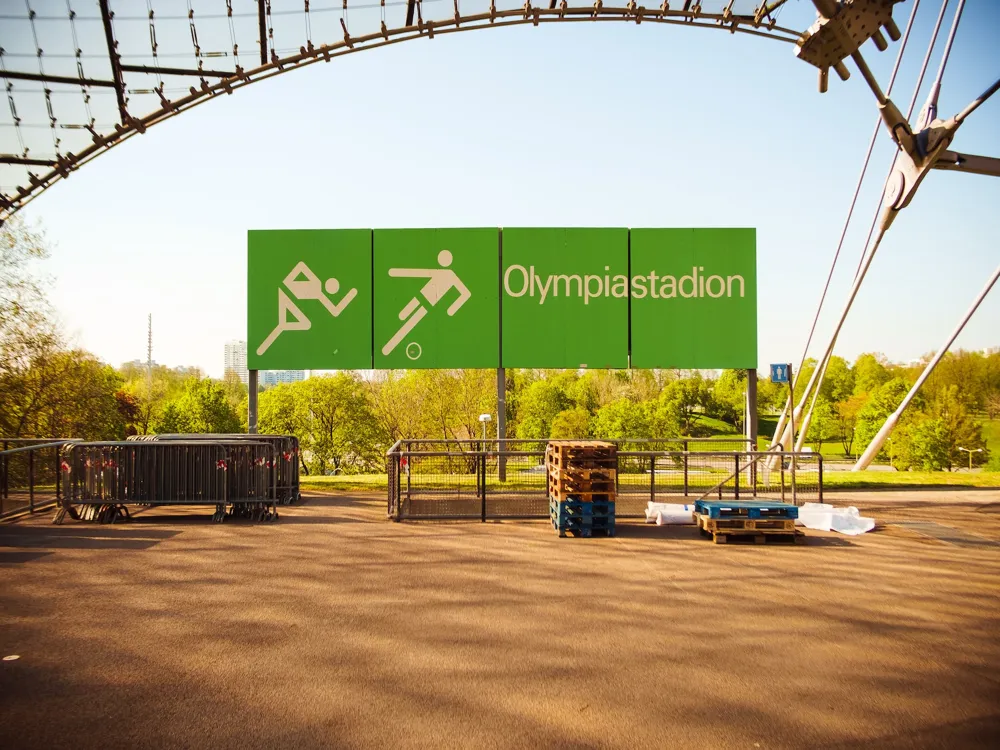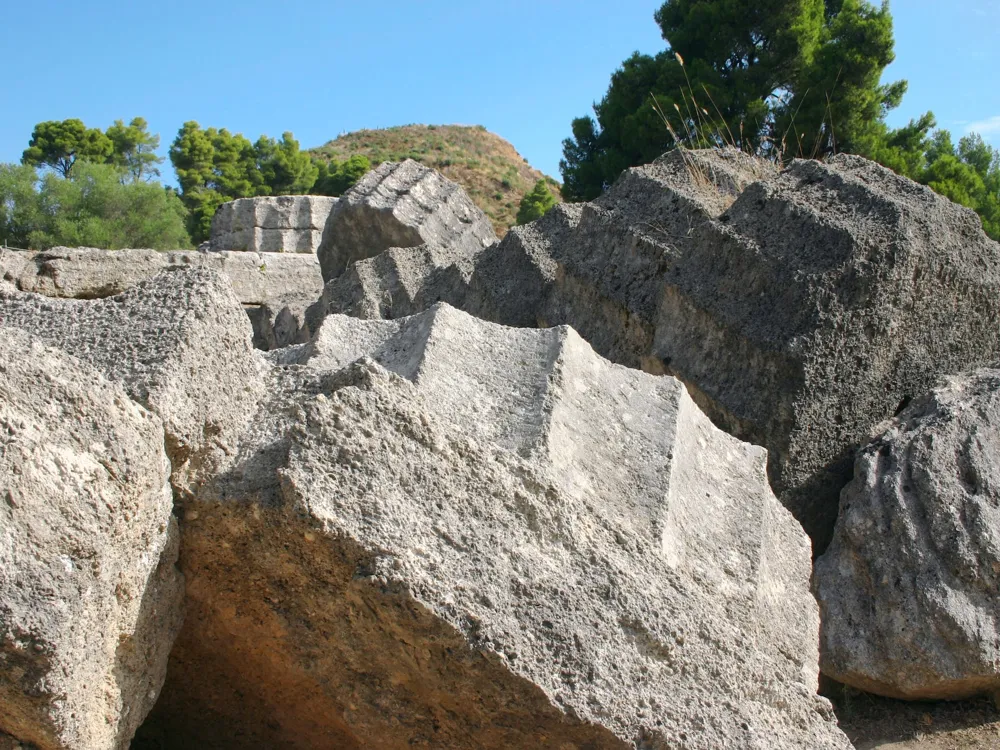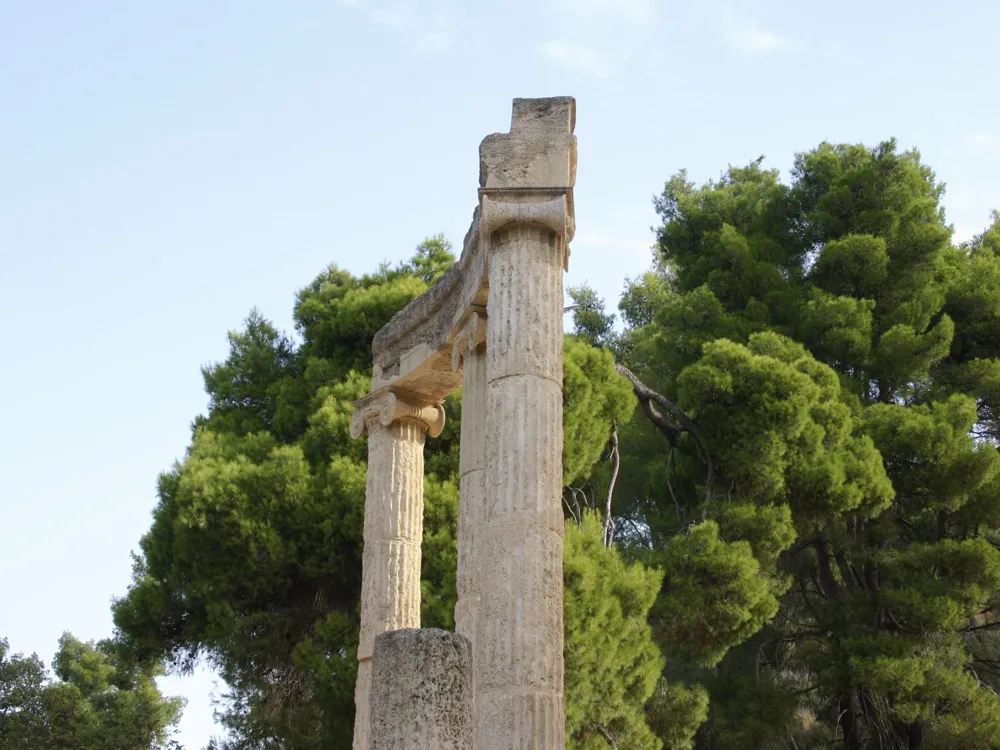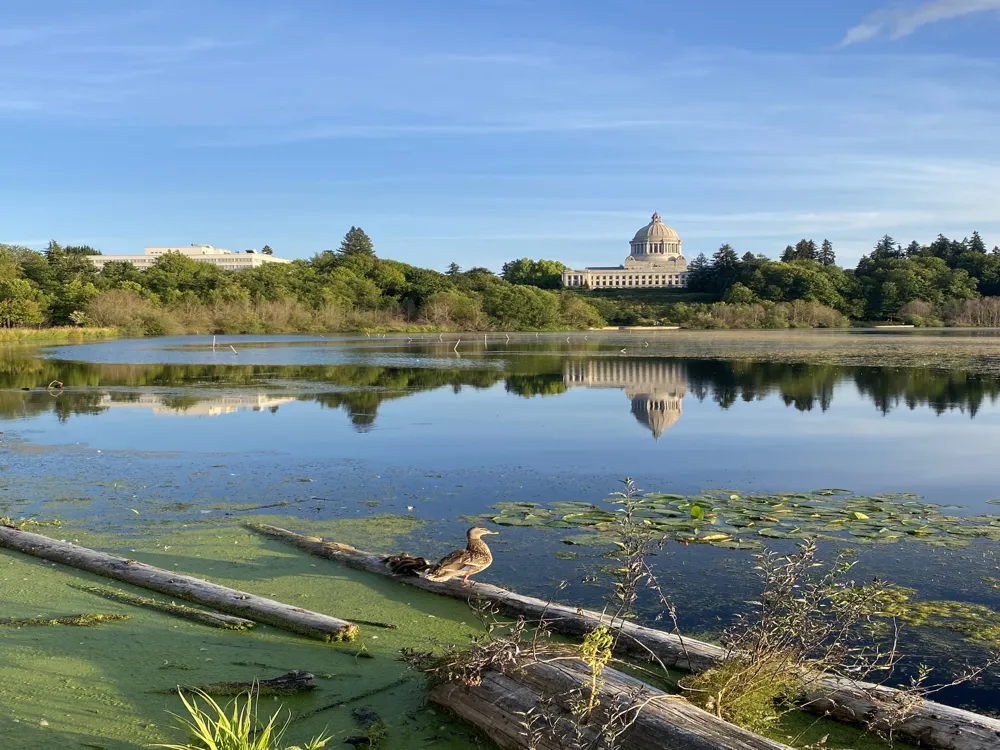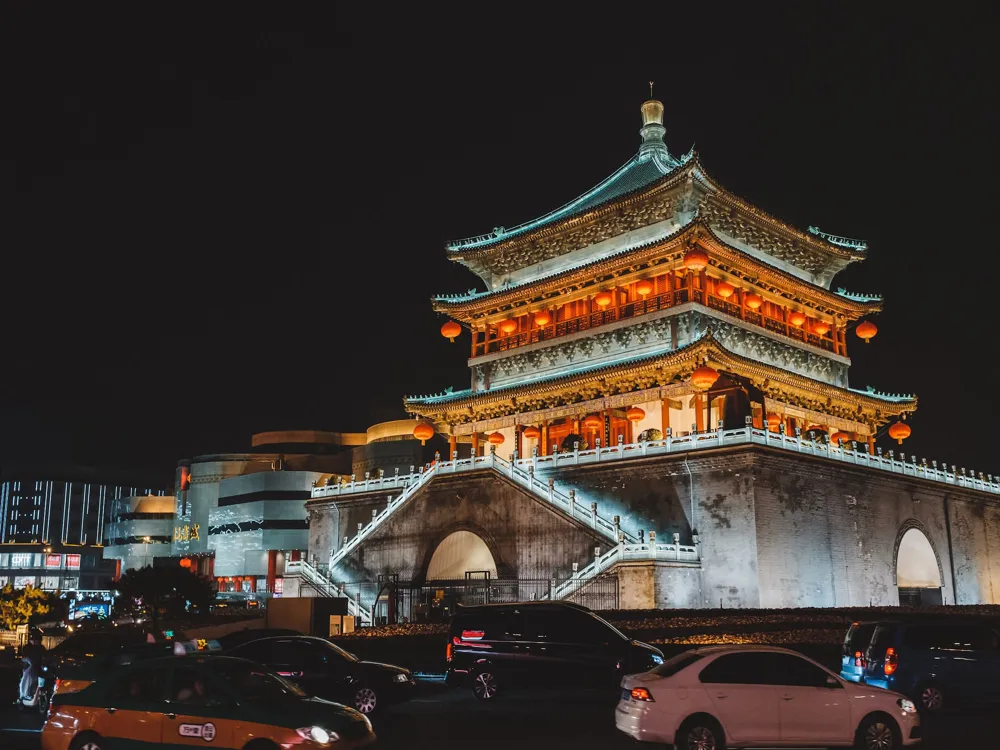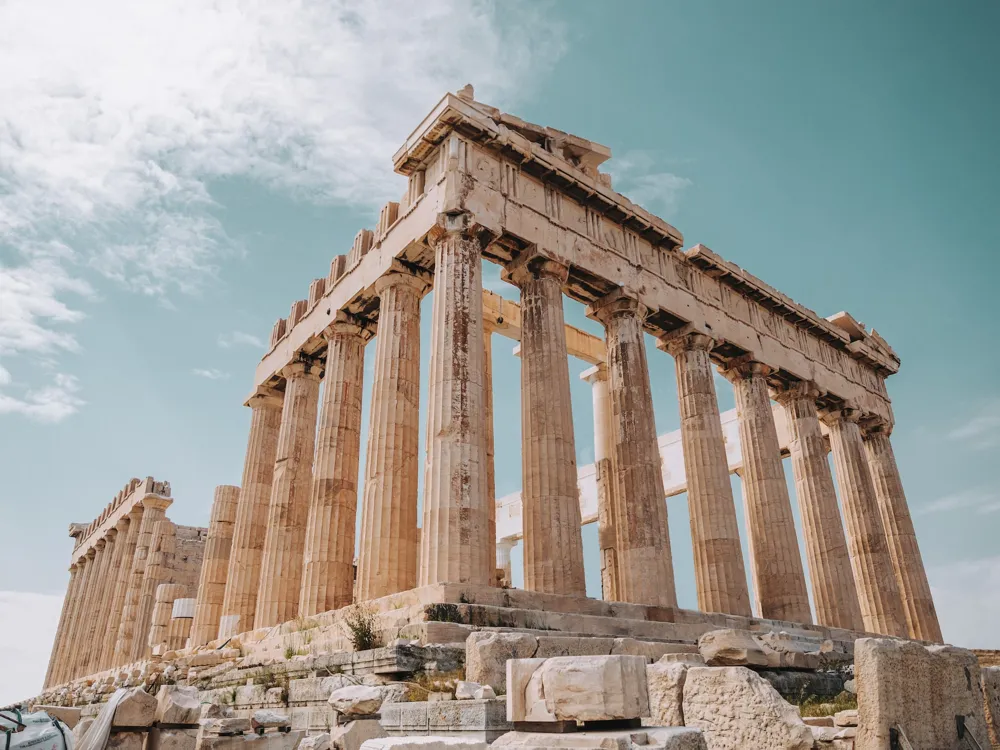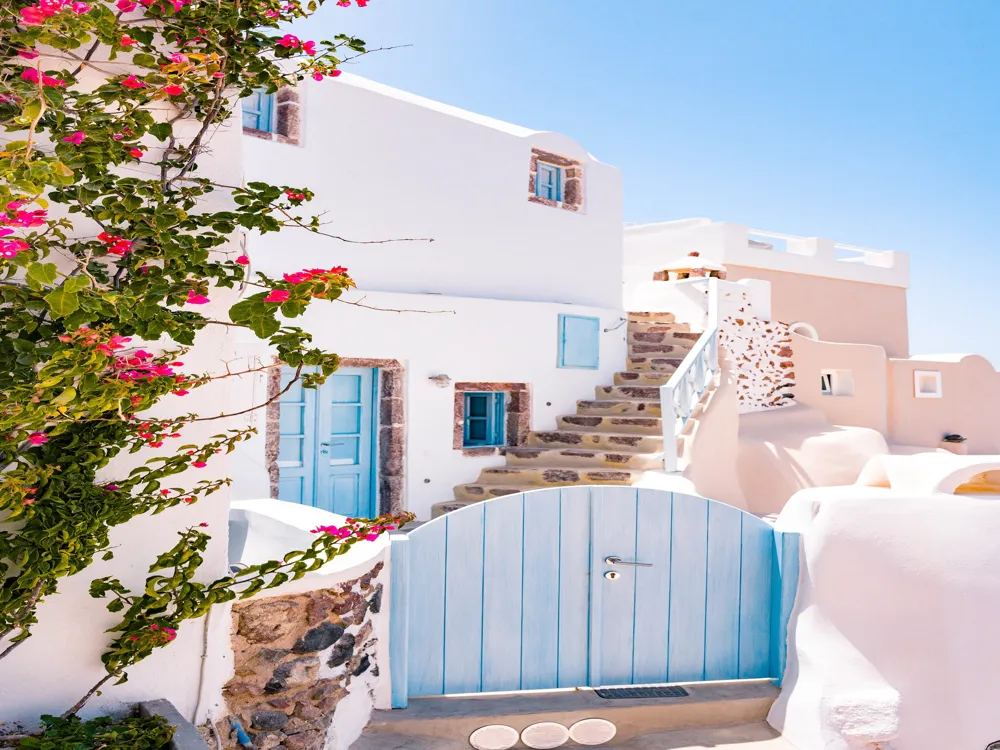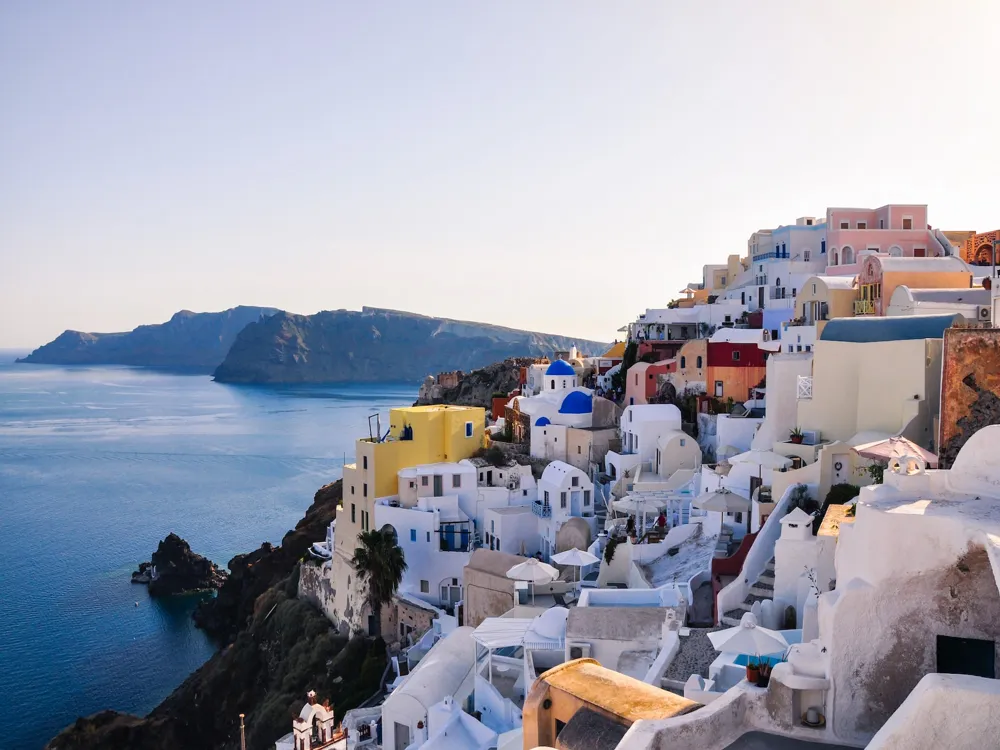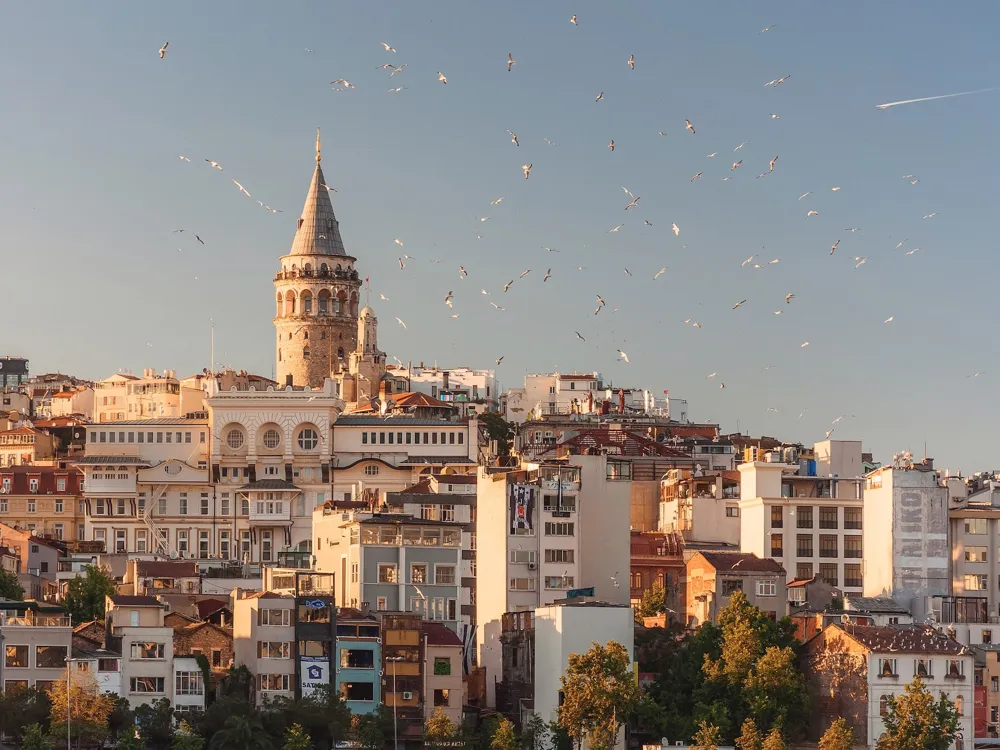Plan Your Travel To Olympia
Places To Visit In Olympia
Archimedes Museum
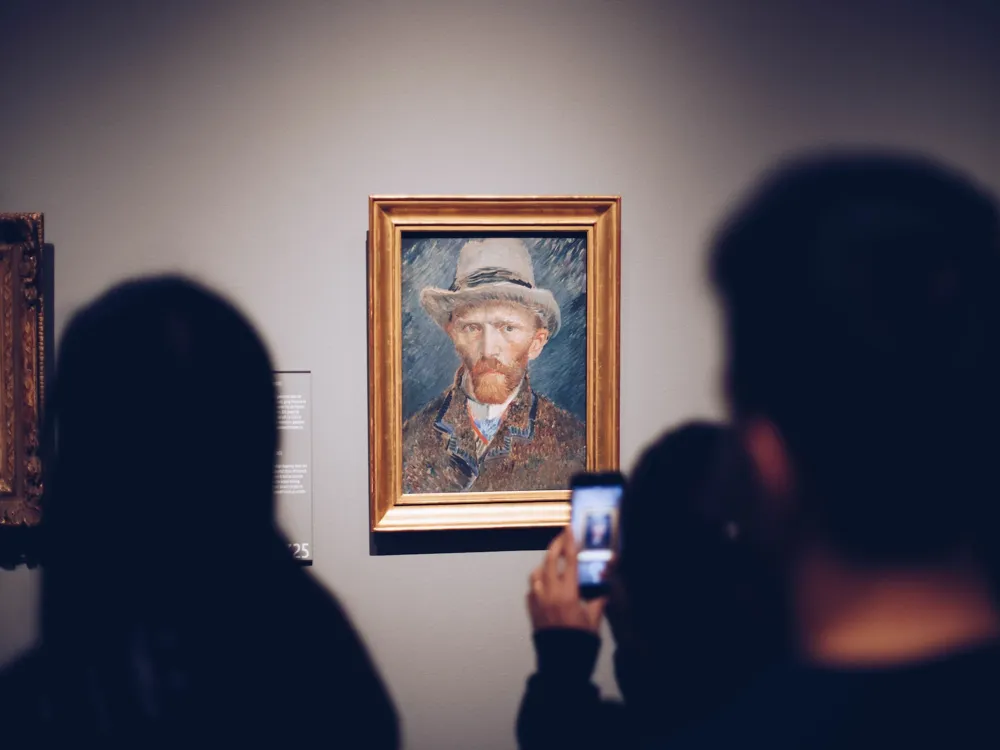
Located in the center of ancient Olympia, the Archimedes museum is devoted to the great mathematician and physicist Archimedes. It houses over 350 models of ancient inventions. These exhibits are accompanied by interactive games that help learn about the ancient technology in a fun way.
Many of the exhibited collections are interactive and have been labelled or explained for easier understanding for the visitors. Visitors to the museum can view many of Archimedes' 24 inventions, including the hydraulic screw, the precise mechanical planetarium, the dioptra, the odometer, the nautical odometer, and the method for determining the purity of gold, among more. It is part of the larger group of related educational spaces like the Museum of Ancient Greek Technology, Ancient Greek Musical Instruments, and Toys Museum. The museum aims to showcase how modern and ancient technology coincide.
Read More
Bouleuterion

Also known as the Senate house or the Council Assembly House, the Bouleuterion is an ancient building that housed the council members of the ancient city of Greece. Dating back to the 6th century BC, this building used to function as a public meeting place embellished with mosaic and marble to become an odeon. Located right outside the Atlis, the ruins of the senate house can be explored.
It housed two Doric buildings, different in date but with an identical oblong form with apsidal ends in the west. A statue of Zeus was erected in the rectangular court between these buildings.
Read More
Corinth

The archaeological site of Corinth houses historical monuments like the temple of Apollo, the Ancient Corinth Archaeological Museum, the Theatre, the Roman Odeon and the Corinth Canal. Corinth is usually considered a day trip to visit the canal, which serves as a passage between the Aegean and Ionian seas.
The city of Corinth underwent several earthquakes and was restricted and reconstructed to its modern demeanour. Since it has lost its old charm, there is not much to do here.
Read More
Museum of Ancient Olympic Games
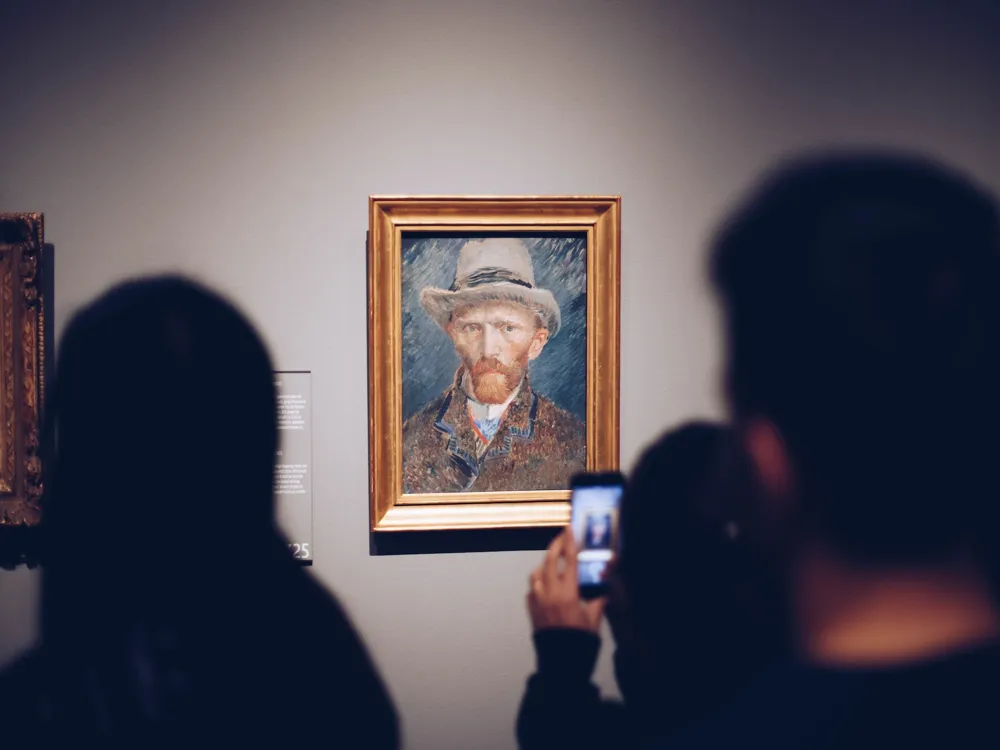
The Museum of Ancient Olympic Games is one of Greece's most important archaeological museums. Found in 1886, this is the first museum of Olympia exhibiting a collection of artwork, objects and paintings narrating the history of the Olympic games and their hosts. The collections can be traced back to the sanctuary of Olympian Zeus, where the Olympic games were born and hosted.
It also showcases pottery and other artwork that the players used in preparation and training for daily use. It also showcases many artefacts from several other Greek museums linked to ancient sports activities.
Read More
Museum of History of the Excavations

The Museum of History of the Excavations displays excavations of Olympia from 1875 onwards. It houses a collection of paintings, photographs, documents and other visual materials showcasing the systematic excavation of the sanctuary.
This museum provided a methodology successfully implemented in executing several other excavations. Starting in 1875, the exhibitions at this museum include engravings depicting Olympia's plains before the intrusive excavations began.
Read More
Olympia Archaeological Museum
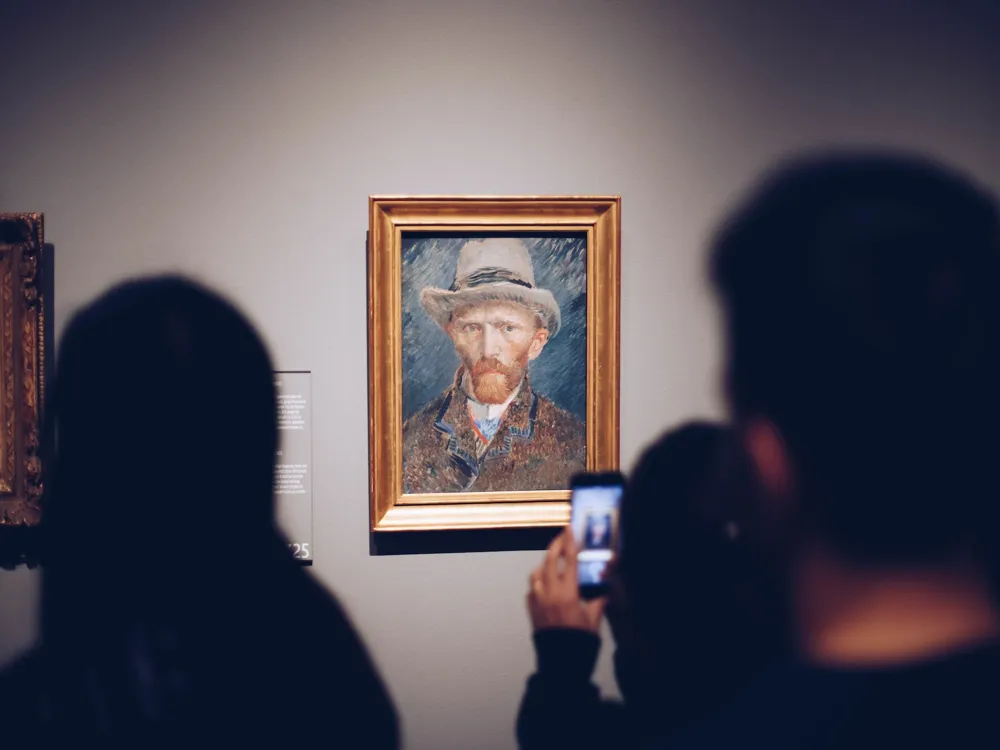
One of the oldest museums in Greece, the Olympia Archaeological Museum houses the discoveries from the nearby areas, including collections from its prehistory to Roman rule. Magnificent masterpieces from the long history of the birthplace of the Olympic Games, as well as works from thousands of years of art and discoveries from the excavation of the Zeus sanctuary, can also be found here.
Divided into two buildings, the collections are exhibited across 12 rooms organized chronologically around themes and ages.
Read More
Palaestra

The Palaestra at Olympia is located close to the river Kladeos. These are the first buildings you see when entering Olympia. The primary feature of Palaestra was to serve as a training area for combat sports. Today one can wander in and out of the ruins of those buildings.
The Palaestra was always combined with a Roman Bath or Hammam during the reign of the Romans. However, the Arabs and Turks did not continue with the concept of Palaestrae. The German School recently excavated and researched the Palaestra. Only the lower, stone-built sections remain, and 32 of the internal peristyle's 72 columns have been restored. This ancient Greek athletic establishment derived its name from the combat sport 'pale' – Greek wrestling. In addition to the amenities for combat sports, Palaestra also had rooms for ball sports, changing rooms, storage, lecture halls, and cold and hot water baths.
Read More
Philippeion

One of the finest examples of monumental architecture, the Philippeion is the only circular structure in the whole of Altis. Dating back to 338 BC, this temple was built by Philip II of Macedon following his victory over Athens and their allies at the Battle of Chaeronea. It is also strategically placed within the sacred perimeter.
Perched on three steps, the external colonnade consists of 18 Ionian columns surrounding the circular structure, whose roof was covered in marble tiles, antefixes with palmettes, and drip mouldings in the shape of lions' heads. The temple complex was rightly dedicated to God Zeus, who had it constructed, and Alexander, Philip's son, finished it after his death.
Read More
Ancient Stadium of Olympia

The Stadium at Olympia is a renowned UNESCO World Heritage Site where the Olympic games used to be held. This holy place for ancient Greeks was initially structured so that the spectators could witness the games and ceremonies from the foothills of Mount Cronion. With a seating capacity of 20,000 (45,000) people, most seats made of mud still remain.
The stadium's racetrack is 30 to 34 meters wide and more than 200 meters long. A passage connects the stadium to a nearby sanctuary. The Heraia games hosted for women as a tribute to the goddess Hera were also hosted at the stadium. The judges' podium is located on the stadium's south bank, and the only other woman permitted to observe the competition was honoured on an altar on the north bank.
Read More
Temple of Hera

A UNESCO World Heritage Site, the Temple of Hera was originally a joint temple of Hera and Zeus. It was at this temple's altar that the Olympic flame was lit and carried throughout the globe. Built in 590 BC, this temple was destroyed in an earthquake around the 4th century and now lives in its ruins. Today, the Olympic flame is still lit here and carried to all parts of the world where the Olympic Games are being held.
This Doric peripteral hexastyle temple had 16 columns at the side. The squat appearance of this temple is because of its length compared to its wide height. The stone columns can be dated back to every era, from Archaic to Roman times, showcasing the advancement of the Doric style as the former wooden columns were replaced. The temple had mud bricks in the upper part and shell-limestone in the lower part. Additionally, terracotta tiles have been used. There were only three rooms in the entire building. Zeus and Hera's statues were probably erected there, and it's also said that the Disk of Iphitos, which signalled the start of the first Olympic Games, was preserved inside the temple.
Read More
Olympia Travel Packages
View All Travel Packages Olympia
Nearby Places Olympia
Browse Package Collections
Browse Hotel Collections











